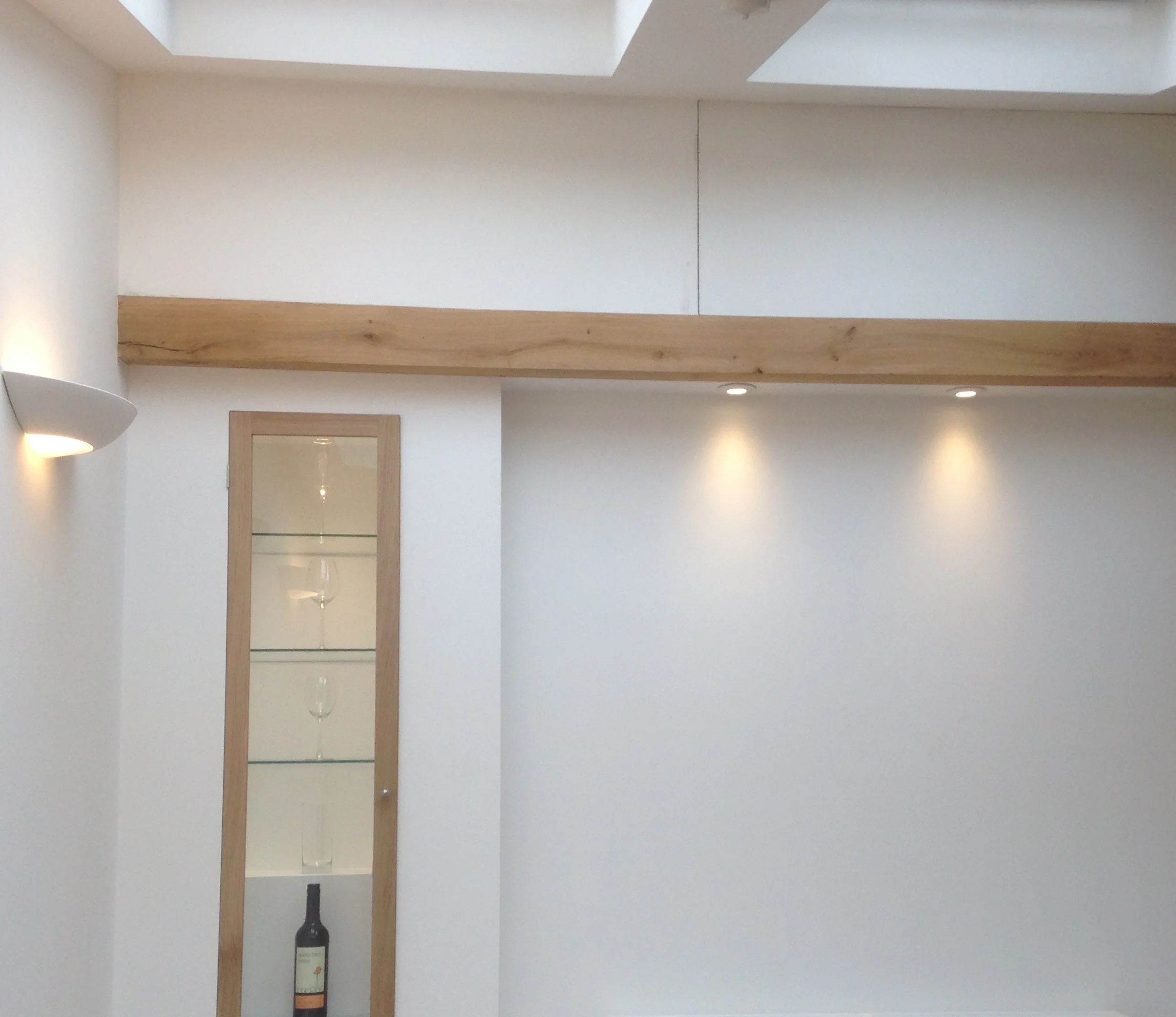Lighting your home
The first commercially successful light bulb was invented by Thomas Edison in 1879 and in 1884 the light switch was invented – this tiny piece of engineering along with the newly patented light bulb changed our homes and are now considered vital to modern life.
Before this our homes were lit by the naked flames of candles and torches. Candles emit a weak light and that is why chandeliers were used in wealthy homes as the combination of many candles, the refraction of light from the glass droplets and the height of the chandelier offered a more evenly dispersed light around the room.
Gas lighting followed on from this and then came the invention of the lightbulb. The lightbulb has evolved to become much more efficient and adapted to suit our changing requirements – energy efficient, ranges of intensity, coloured, dimmable.
Many people overlook the importance of good lighting within the home. Lighting sets the tone and creates atmosphere in a room. Light can transform a space – even a simple lighting scheme can make a dramatic impact. It can however be a confusing medium to work with! Light can be hard to judge as its effect changes depending on where it is placed and what is surrounding it. You cannot hold it and it is unpredictable.
It is important when planning the lighting for your home to look at how much natural light each room receives, the aspect of the room – north/south facing, and the purpose of the room. Light levels will change over the day and during the seasons and this will determine the type of lighting the room needs. Remember that the character of your home also changes throughout the day – from early morning breakfasts to evening dinner parties.
There are three basic types of lighting – Ambient, Task and Accent.
A good lighting plan will combine all these to light an area, according to the function and style of the room. Bright, shadow free lighting can create clean and functional kitchens and bathrooms whereas pools of light can be used to create cozy reading corners and welcoming sitting rooms.
Ambient light is the overall illumination of a room, giving it a comfortable level of brightness without glare. Ambient light is achieved by using ceiling or wall mounted lights, chandeliers and recessed or track lighting. To create ambient lighting in outdoor areas wall mounted lanterns or ground level up lighting can be used.
Task lighting is used for specific tasks such as reading, preparing and cooking food, homework or grooming. Task light should shed light onto the required area eliminating shadows and creating a bright pool of light in which eyestrain is avoided. Directional spotlights, desk lamps and under counter lights are all good forms of task lighting. Low hanging pendant lights over dining room tables, bedside reading lamps and directional lights around a mirror are classed as task lighting.
Accent lighting illuminates a specific area or object of visual interest. It can be used to draw attention to an architectural feature such as a staircase or fireplace or to a piece of artwork. Outdoor accent lighting can be used to light pathways or highlight certain plants or garden features. Used cleverly, outdoor lighting can transform an exterior space and make the adjoining interior rooms feel much larger. Types of accent lighting include track lighting, recessed lights or wall-mounted picture lights.

